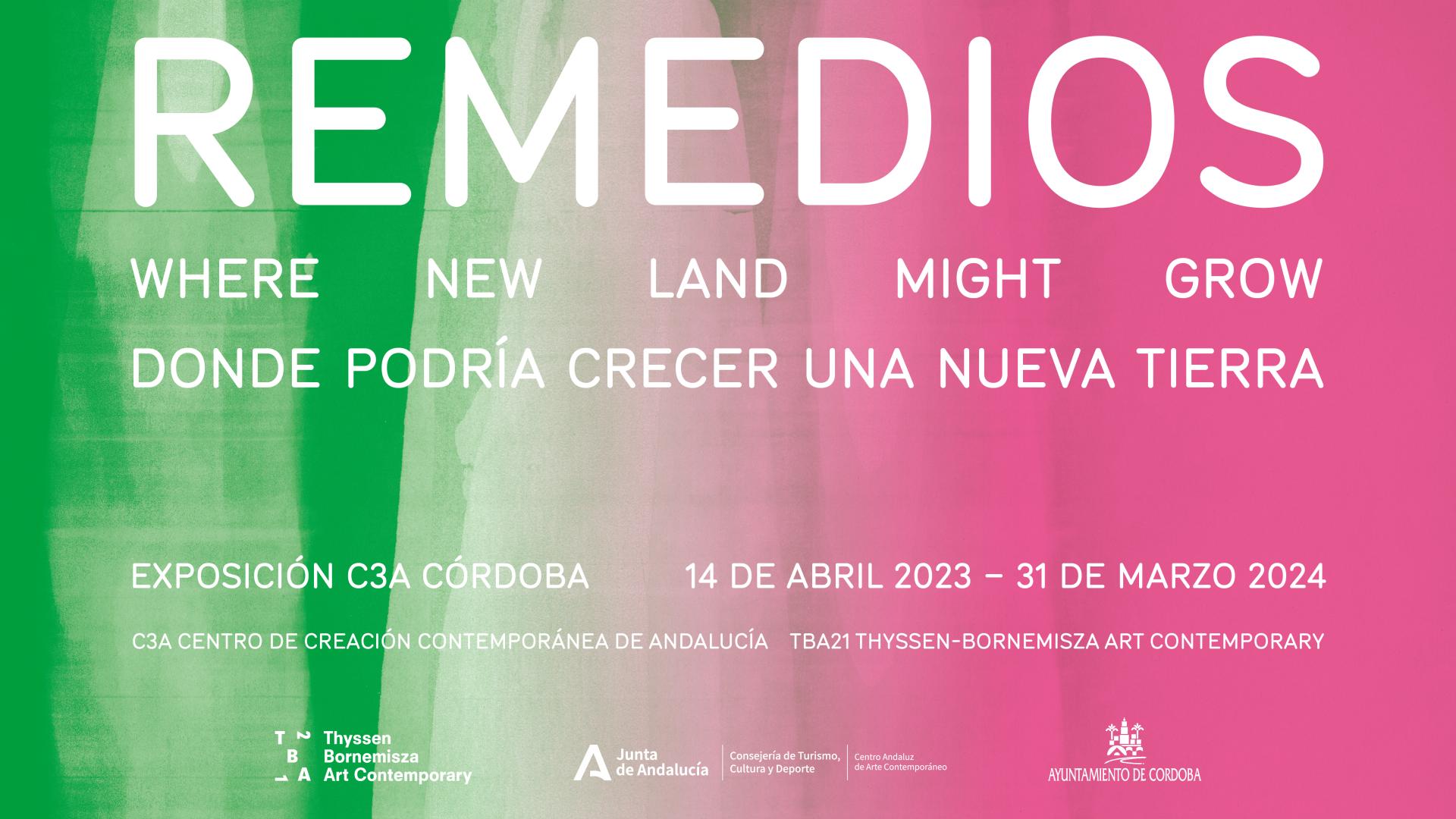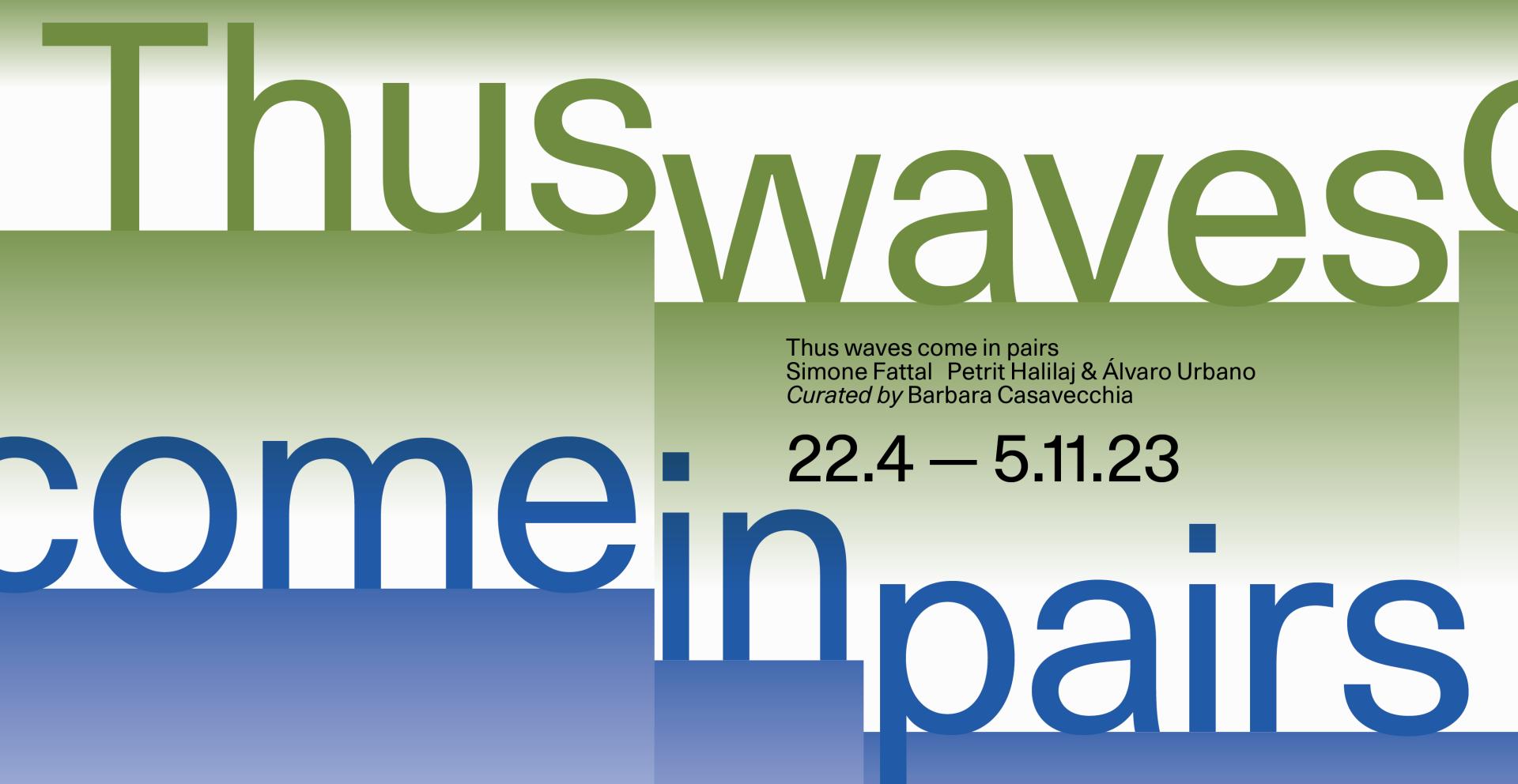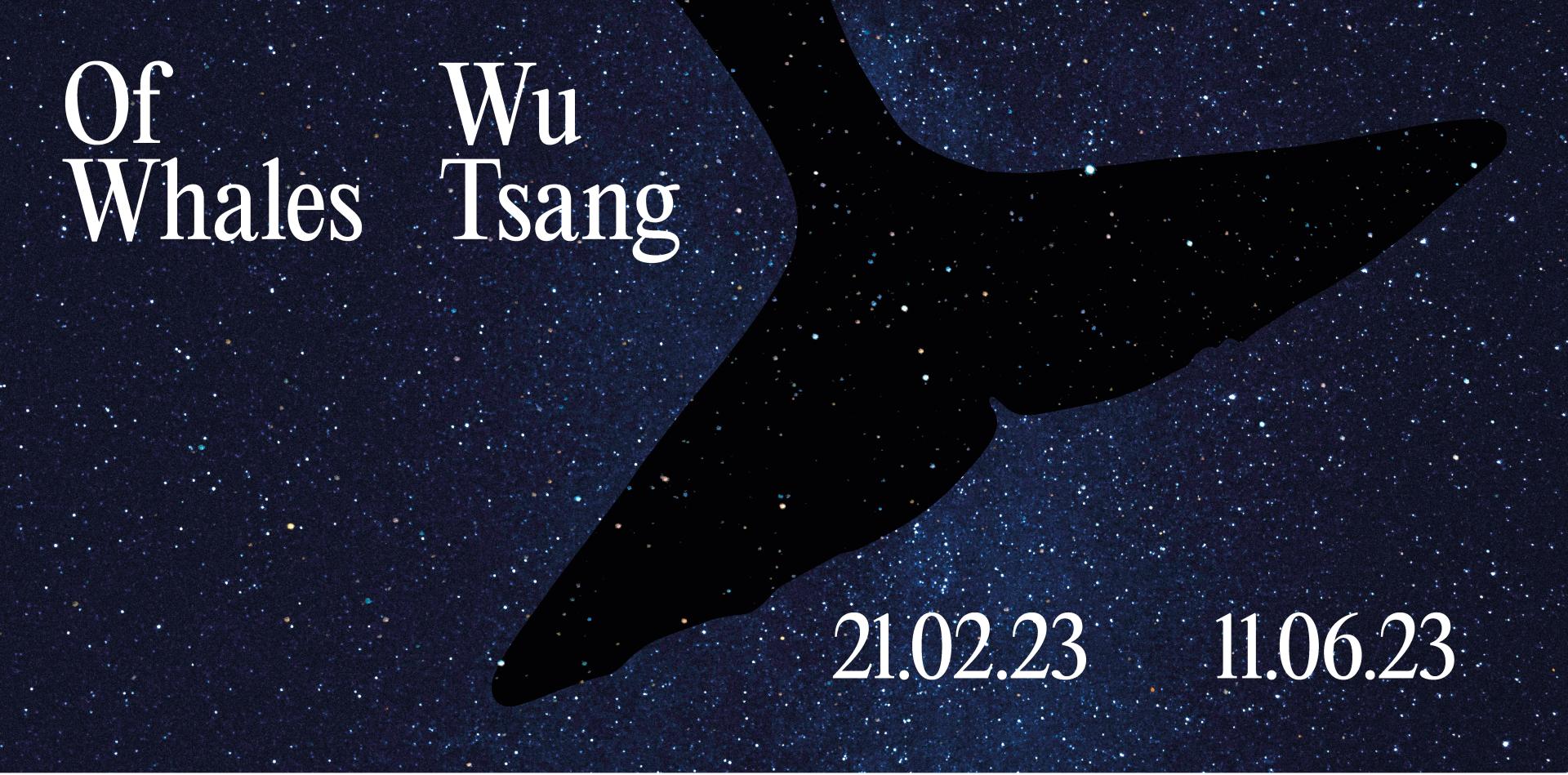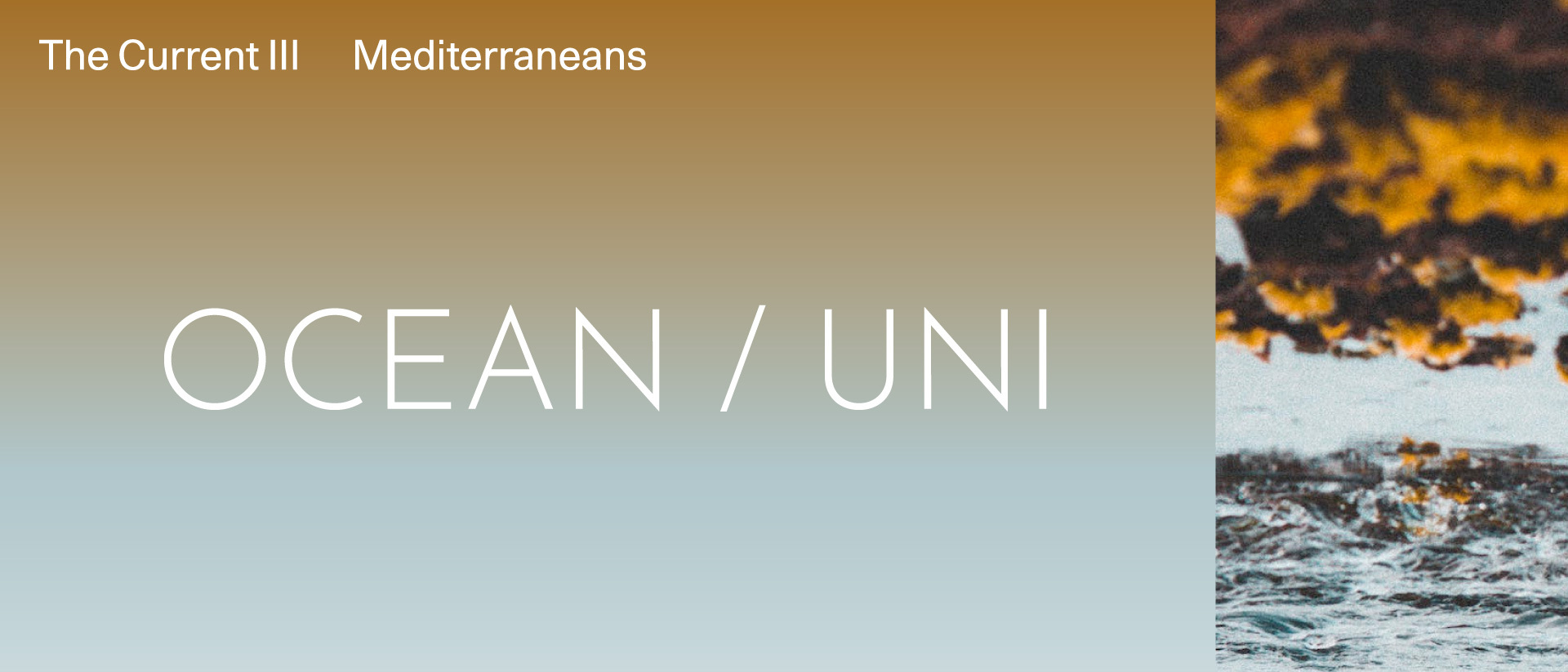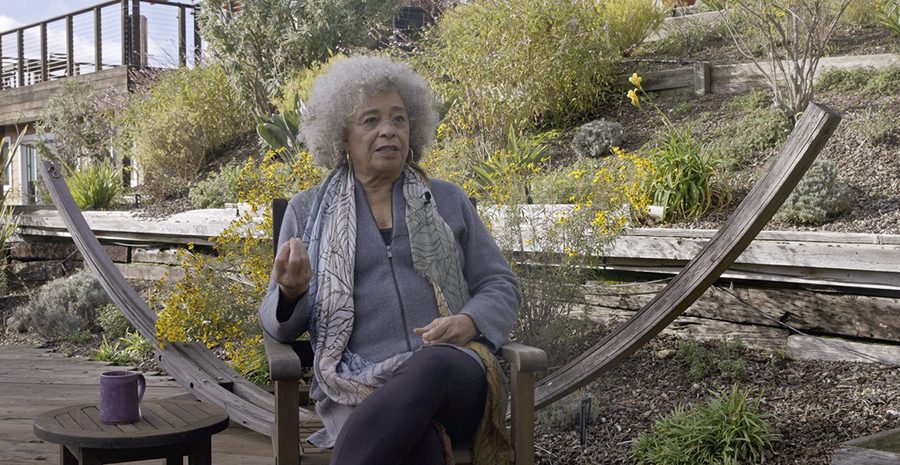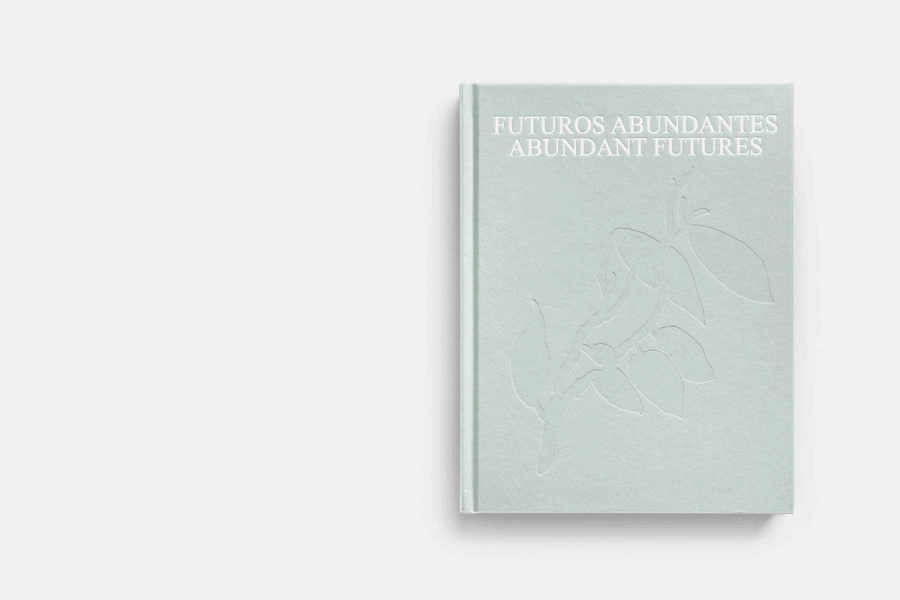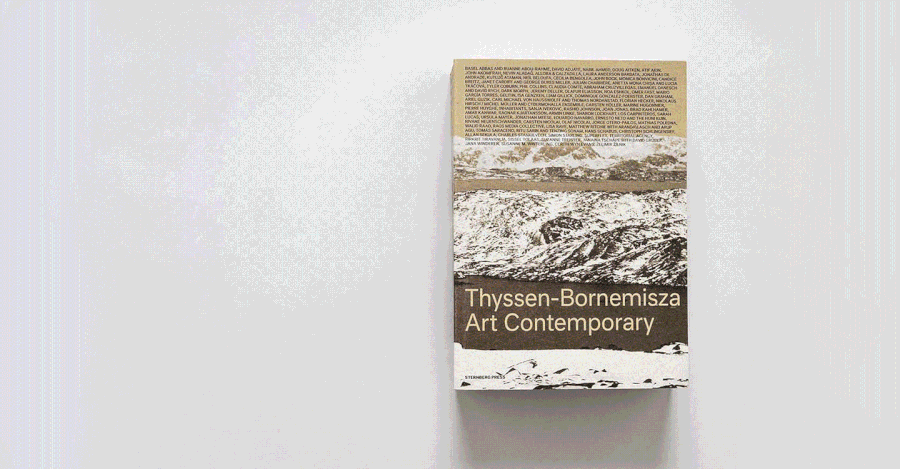Ich sprech kein Bauhaus. Alfred Arndt II. Bauhaus masters' houses, 1926, 2014
Damián Ortega

Photo: Kurimanzutto, 2014

Photo: Kurimanzutto, 2014
Collection
Floor mat, massive ash tree panels, transfer from laser prints, acrylic lacquer, clear floor varnish
90 m2
Originally conceived as a series of six floor based works, Damián Ortega imprints wooden floors with architectural drawings by 1920s Bauhaus members, including Walther Gropius, Theo van Doesburg, and Alfred Arndt to create distorted mat installations. Ich sprech kein Bauhaus. Alfred Arndt II. Bauhaus masters’ houses, 1926 is a replica of a color plan for the exterior design of the Walter Gropius masters’ houses in Dessau. This plan was made by Alfred Arndt, a former Bauhaus student who studied under the likes of Paul Klee, Wassily Kandinsky, and Walter Gropius and later became the director of the building and interior design departments from 1930 to 1931.
After carefully placing several small interlocking wooden panels over a 90m2 surface on the ground, a xerographic print with the selected design is transferred onto it. The entire structure is then slightly tilted, shifting the previously generated image into a new configuration that occupies the same surface area. The process of re-installing the piece becomes gradually more unpredictable, as individual elements are repeatedly swapped, moved, or interchanged, producing a new, distorted image. The desired spatial shift thus coincides with a syntactic shift, as Ortega literally builds a counter-reading of the original modernist meaning, as expressed by the title which translates into English as “I don’t read Bauhaus.” Ortega has incorporated language into his artistic interventions for years; attracted to the interchangeability of words, letters, and meanings, he uses language as tool, material, and vehicle for communication. Similarly to verbal misunderstandings and linguistic reformulations, which are unavoidable results of communication and translation, the artist fractions and dismembers the original Bauhaus drawings to activate those dissonant spaces. He thereby offers new epistemologies and alternative utopian spaces, which appear between translation and original, writer and reader, and between builder, architect, and resident. (TBA21)
90 m2
Originally conceived as a series of six floor based works, Damián Ortega imprints wooden floors with architectural drawings by 1920s Bauhaus members, including Walther Gropius, Theo van Doesburg, and Alfred Arndt to create distorted mat installations. Ich sprech kein Bauhaus. Alfred Arndt II. Bauhaus masters’ houses, 1926 is a replica of a color plan for the exterior design of the Walter Gropius masters’ houses in Dessau. This plan was made by Alfred Arndt, a former Bauhaus student who studied under the likes of Paul Klee, Wassily Kandinsky, and Walter Gropius and later became the director of the building and interior design departments from 1930 to 1931.
After carefully placing several small interlocking wooden panels over a 90m2 surface on the ground, a xerographic print with the selected design is transferred onto it. The entire structure is then slightly tilted, shifting the previously generated image into a new configuration that occupies the same surface area. The process of re-installing the piece becomes gradually more unpredictable, as individual elements are repeatedly swapped, moved, or interchanged, producing a new, distorted image. The desired spatial shift thus coincides with a syntactic shift, as Ortega literally builds a counter-reading of the original modernist meaning, as expressed by the title which translates into English as “I don’t read Bauhaus.” Ortega has incorporated language into his artistic interventions for years; attracted to the interchangeability of words, letters, and meanings, he uses language as tool, material, and vehicle for communication. Similarly to verbal misunderstandings and linguistic reformulations, which are unavoidable results of communication and translation, the artist fractions and dismembers the original Bauhaus drawings to activate those dissonant spaces. He thereby offers new epistemologies and alternative utopian spaces, which appear between translation and original, writer and reader, and between builder, architect, and resident. (TBA21)
Damián Ortega: Alias | Art21 "Extended Play"



